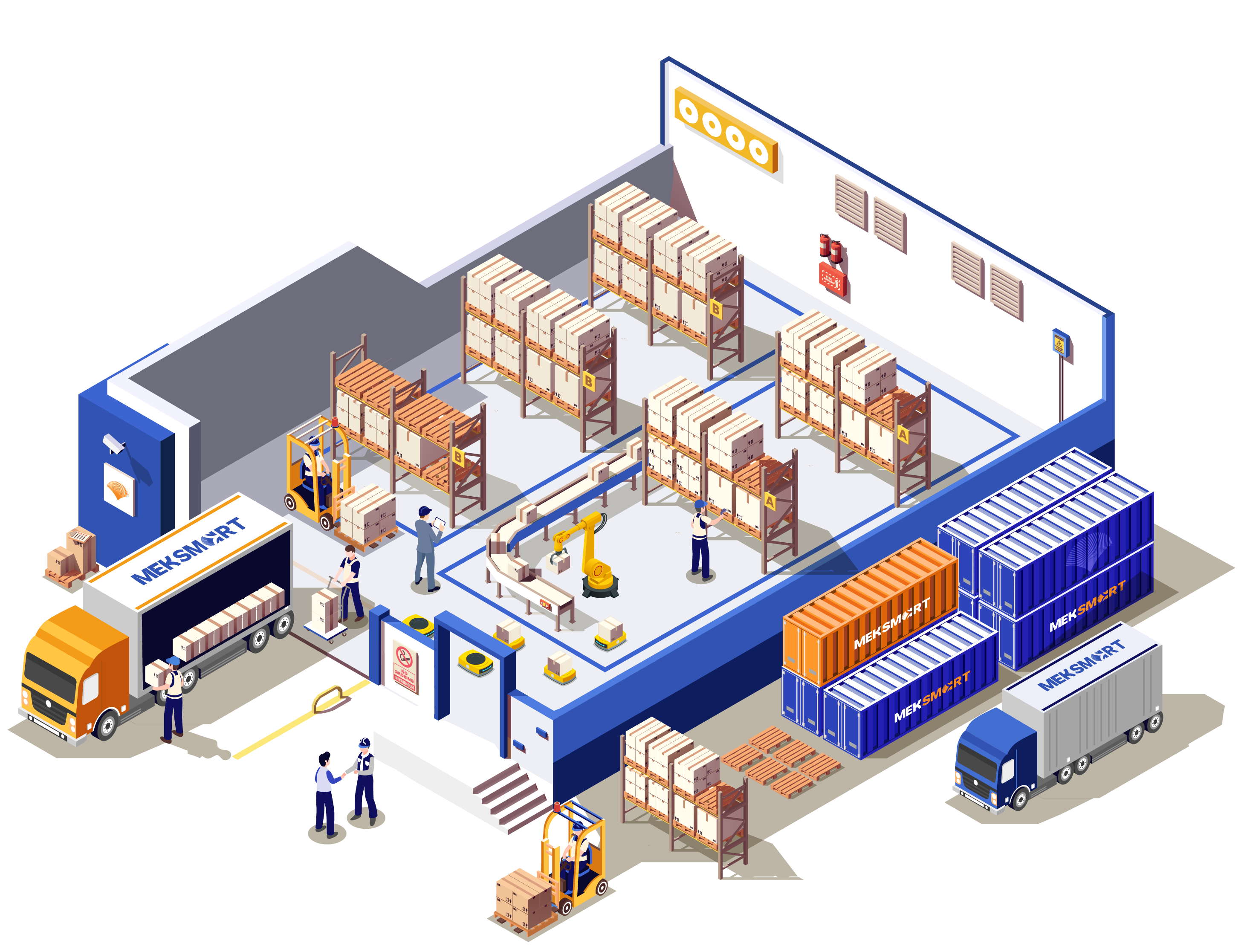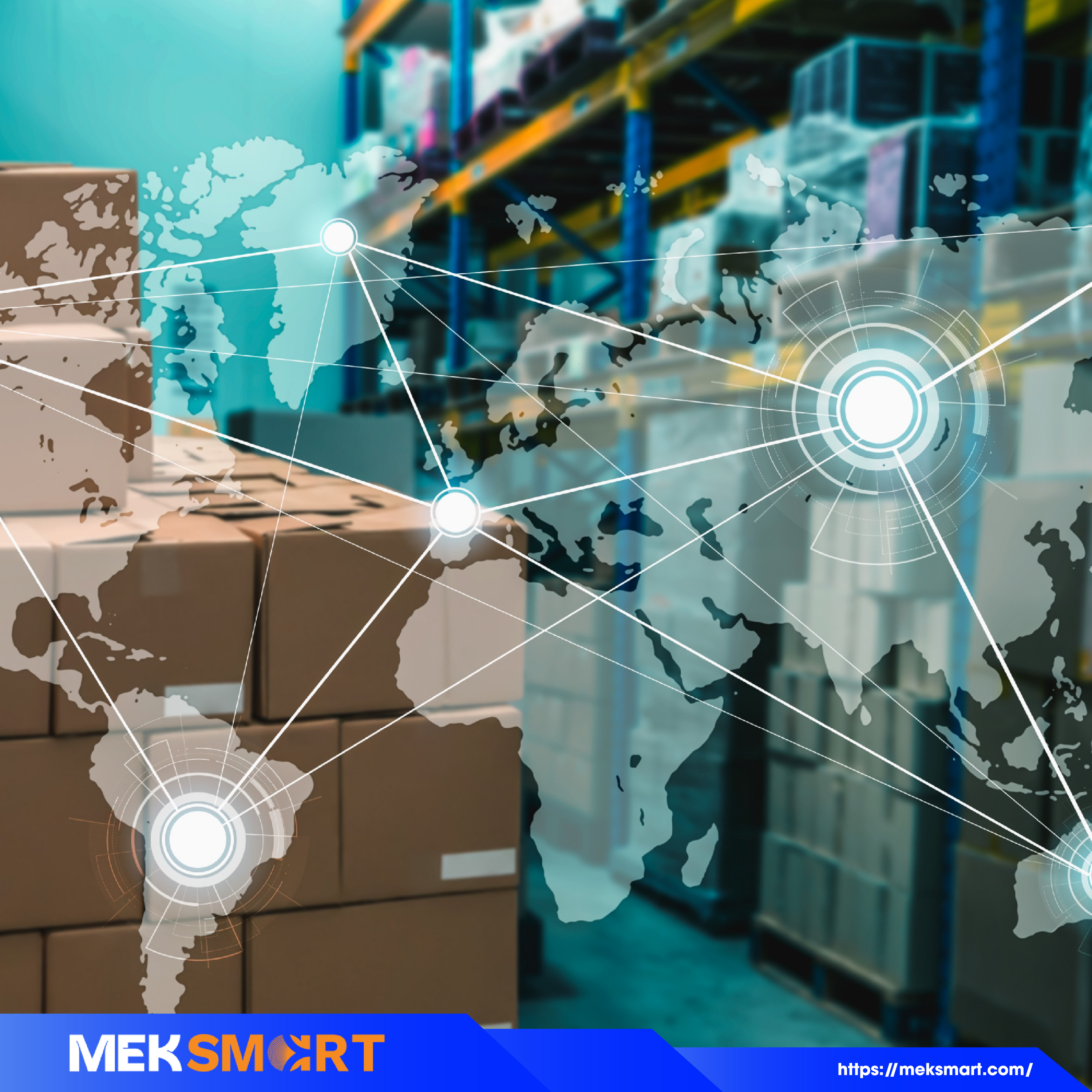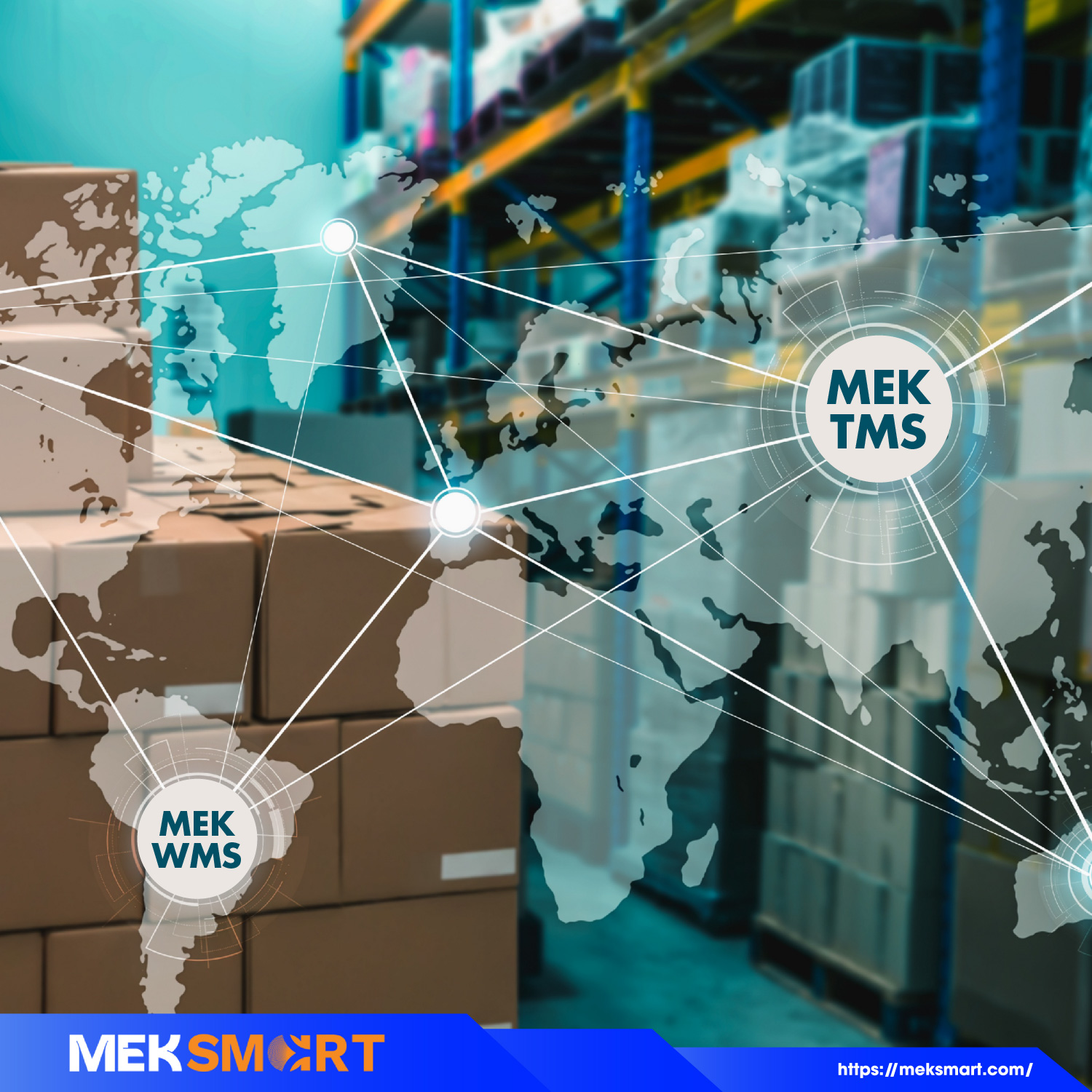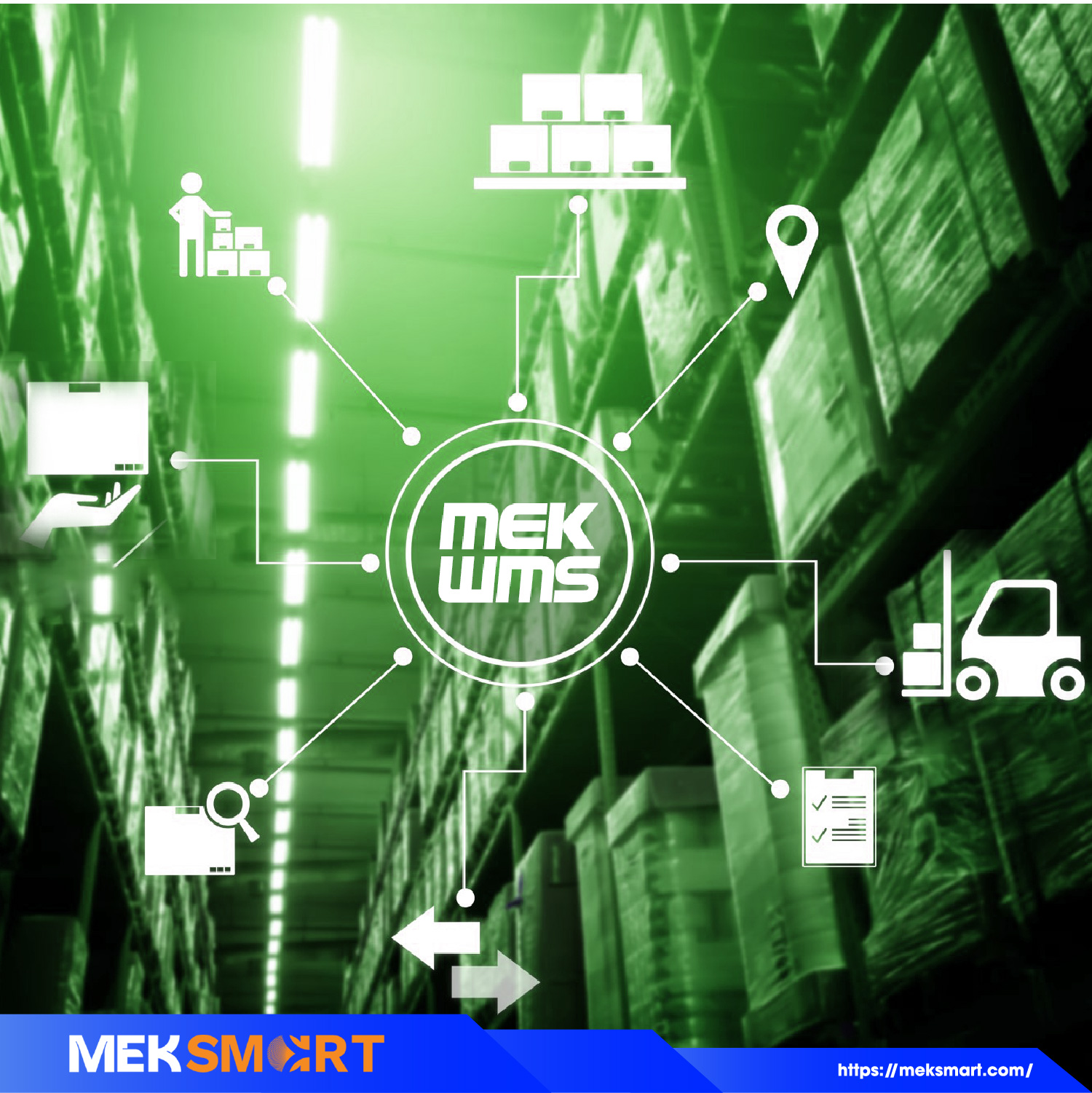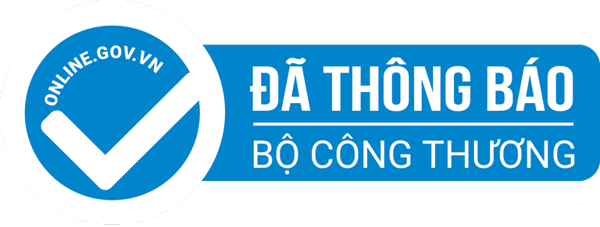MEKSMART
GENERAL NEWS
Author: Meker Meksmart
Update: 01/03/2023
FLEET MANAGEMENT SYSTEM TECHNOLOGY TRENDS ARE APPLIED
According to KPMG's report in 2024, the total global forecast is about 54.69 billion tons in 2015 to 92.1 billion tons in 2024. With the rapidly increasing efficiency trends of the market. And trends can analyze the internal and external factors that affect the technology.
Some of the factors that affect the company are:
- Cost pressure: rising costs and price volatility.
- Constantly changing needs affect changing customer needs.
- Change the legal factors: emissions standards, regulations, and environmental standards.
- Each individualization: especially meeting each individualization
- Workforce shortages
- Risks of disruption: natural disasters, epidemics, and security attack factors.
- Complexity: the complexity and flexibility of the market.
- Sustainable development: ensuring some green criteria.
- Change customer behavior: change sales behavior, and change technical requirements.
External influences will help change many things and adopt many new technologies to ensure more efficient development.
- Digitize the entire operating process: move from paper operation to process operation by process digitization, and optimize with lean and sig sigma tools to improve current process efficiency.
- Automation: increase operational productivity to ensure operating processes and machines.
- Business analysis: increase transparency processes to improve value chain efficiency by improving operational productivity.
- Increase transparency for overall supply chain efficiency Interconnectedness and networking: horizontal and vertical links to connect networks to each other.
- Share information continuously and ensure quick operational efficiency.
- Decentralize: decentralize data and divide many hubs together.
The fleet management system (TMS) will become the basic value of the system to improve operational efficiency and reduce complexity, the goal is to use the latest technology, and optimize operational efficiency. The main objectives of a fleet management system include: improving operational efficiency, increasing efficiency, and creating efficient and cost-sensitive operating processes. Transparency can be improved through machine learning and connecting multiple peripherals to the same system including GPS, temperature and humidity recording devices, service oil usage recording as well as the use of smarter transportation systems and efficient logistics services, security, capacity x, fleet management, and transportation deployment plans. Increased operational efficiency can be achieved by positioning tools. Positioning technology helps to effectively manage the overall operation process, increasing operational efficiency by comparing data and stakeholders. In addition, forecasting ensures efficiency and consistency in the automation of the process. Cloud tools are sharing a platform to be able to rent Saas. That's what's important in operating the cost impact.

General trends in the chart:
- Using AI/ML Machine Learning
- Use mobile for customers to access
- Location positioning by location / RFID
- Automation and AI technology
- Use the same platform
- Driver management
- Predict future demand
The change in online buying behavior
The Covid 19 pandemic, has pushed the level of online purchases to a new level. In the U.S.A, for example, it doubled in May 2020 compared to the U.S. summer shopping season and reached $82.5 billion purchased. The trend continues to change and develop, the volatility in online purchases has increased a new development, and ensures the needs of customers. While the paradigm has changed, the TMS fleet management system has met the needs of retailers, and fast-moving consumer goods (FMCG).
Proof of Investment (ROI)
In the past, fleet management systems were able to deliver effective ROI investments. One of the reasons for having to use a fleet management system is to cut costs. The optimization in saving attributes includes simulations, network design, path optimization, and minimizing the most costly when using the model, and an important point is path optimization. Shipping costs will continue to rise, companies are looking for ways to use TMS to reduce costs. When shippers have to decide to improve operational efficiency, one point must be achieved to be more optimal, and the requirement is to optimize operational efficiency. According to the ARC group report, shippers set a goal to reduce operating costs, using digital platforms to increase operational efficiency.
Using Cloud technology
Use improved efficiency development TMS system is next growing stronger and more efficient when using the solution. Vendors can change the form of selling software from licensing to leasing at a more developed level. Using cloud-based technology will help improve security and manage employees remotely. The use of the same resource, the sharing of resources, or the seasonal change of needs to optimally meet the use of the cloud.
Sustainable development - optimizing energy use
Sustainable development helps to reduce energy consumption and emissions, using a number of new technological methods for effective application. Businesses can use TMS to minimize costs and help optimize routes to improve the transportation process, especially the process of collecting many goods. Path optimization algorithms help improve efficiency, helping to improve the movement of transport fleets in the city. Determine entirely by route, shipper, and fleet to optimize route and fuel.
What types of technology are said to be the best on the market as mentioned above:
- Transparency: use a tool that clarifies all operational information. Manage and integrate all information, where the car is going, what location, and check through using the mobile app. Transport teams will manage to provide information, vehicle status, and updated data directly into the system.
- Use machine learning and use artificial intelligence to forecast and manage fleets effectively. Shippers can ask the fleet to ensure time, and optimize stops. Thanks to machine learning, help shippers achieve driver efficiency and ensure customer service.
- Using IoT tools helps improve efficiency, and data is improved. Use the terminal to clear the data, and predict the process of the car's arrival. Provide accurate data and accurate forecasts of incoming drivers, behavior, and safety improvements.
- Using chatbots, especially GPT chat also contributes effectively to autoresponders to help end users use the product more efficiently and quickly.
Source:
